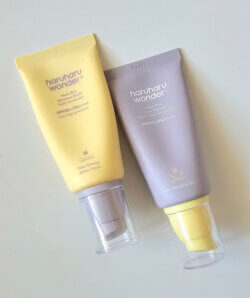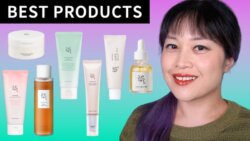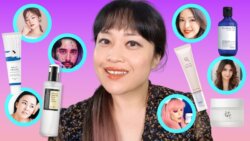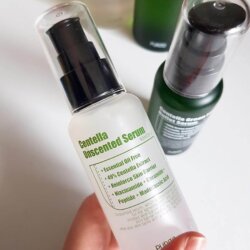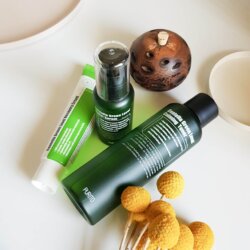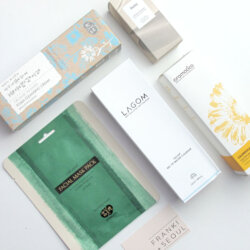Haruharu Black Rice Airyfit and Mineral Sunscreen Reviews
Haruharu is a Korean brand who have recently released a couple of sunscreens with a lot of hype around them: Moisture Airyfit and Pure Mineral Relief. I recently reviewed these in a sponsored video. Note: Neither of these are approved as sunscreens in Australia. Haruharu Wonder Black Rice Moisture Airyfit Sunscreen SPF 50+, PA++++ Filters: TDSA (Mexoryl SX), octyl triazone, …
